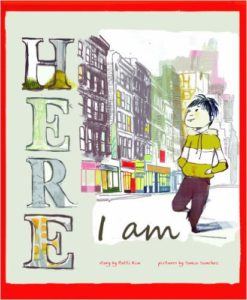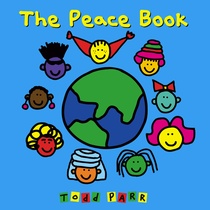 Suki’s Kimono by Chieri Uegaki and illustrated by Stephanie Jorisch makes a perfect choice for reader’s who will soon be returning to school. As first-grader Suki selects her clothes for the first day of school, the spunky heroine of the story makes a dramatic decision.” Rather than choose a predictable outfit as her older sisters suggest, she decides to wear a beautiful kimono. She ignores their predictions that kids will laugh at her. More importantly, her outfit reminds her of the wonderful day her obachan (grandmother) gave it to her. Young readers will identify with her desire to “dress up” at school. While parents will chuckle as they consider times when they resisted a child’s wish to wear a tutu, cowboy outfit or, superhero cape to school.
Suki’s Kimono by Chieri Uegaki and illustrated by Stephanie Jorisch makes a perfect choice for reader’s who will soon be returning to school. As first-grader Suki selects her clothes for the first day of school, the spunky heroine of the story makes a dramatic decision.” Rather than choose a predictable outfit as her older sisters suggest, she decides to wear a beautiful kimono. She ignores their predictions that kids will laugh at her. More importantly, her outfit reminds her of the wonderful day her obachan (grandmother) gave it to her. Young readers will identify with her desire to “dress up” at school. While parents will chuckle as they consider times when they resisted a child’s wish to wear a tutu, cowboy outfit or, superhero cape to school.
Suki’s two sisters advise her to change her wardrobe choices and to opt for “something cool.” But, Suki feels beautiful in the traditional garb and remains undeterred. Confident about her decision, she follows her sisters out the door. The older girls race ahead and pretend they don’t know their dramatically dressed sister who clatters behind them in her red geta (clogs). The breeze flutters Suki’s voluminous sleeves like butterfly wings. Memories of her special day with her obachan warm Suki’s heart. She doesn’t mind looking unusual; she revels in it!
Of course, once she gets to school, the other children quickly judge her outfit. Some simply note that it is unusual. Others take a far less tolerant stand. Suki remains confident which is a great piece of modeling for young readers. [bctt tweet=”She doesn’t allow the other kids’ assessments to spoil her feelings about her choice.” username=”GayleHSwift”]When it is her turn to share a summer memory with her class, she amuses them with the tale of her special day with her obachan: the street festival, the dancing, the traditional foods and the booming thud of the taiko (drums.) Lost in her precious memory, Suki dances for them. Her confidence and joy win over her classmates.
At the end of the day the sisters meet for their walk home. The two older girls trudge home and complain that no one noticed their “cool” clothes. In opting to conform, the girls got lost in a sea of sameness. Suki on the other hand, buoyed by her day, “danced all the way home.”
 Adoption-attuned Lens: This sweet story offers several paths for discussion. First, to stand up for oneself and “own” one’s choices. By doing this, Suki created a successful day for herself and built on the treasured memory of her day with her grandmother. She did not allow others to spoil it for her. This is a life-lesson which most of us struggle to master. For adoptees, especially those who do not share their adoptive family’s culture or race, Suki’s enthusiasm for her cultural roots is refreshing and inspiring.
Adoption-attuned Lens: This sweet story offers several paths for discussion. First, to stand up for oneself and “own” one’s choices. By doing this, Suki created a successful day for herself and built on the treasured memory of her day with her grandmother. She did not allow others to spoil it for her. This is a life-lesson which most of us struggle to master. For adoptees, especially those who do not share their adoptive family’s culture or race, Suki’s enthusiasm for her cultural roots is refreshing and inspiring.
Second, Suki resists the temptation to follow the crowd and wear something predictable and acceptable to the group. She takes an important step in thinking for herself. She makes her own decisions and does not allow the crowd to choose for her. This is another essential life skill. The proverbial parental admonition comes to mind: Would you jump off a cliff just because everyone else was doing it? [bctt tweet=”For adoptees who often wrestle with a visceral need to fit in, Suki offers a charming role model. ” username=”GayleHSwift”]Standing up for oneself can be scary and powerful.
Our theme for this #DiverseKidLit is socioeconomic diversity. Kids from all economic brackets should be able to find themselves in books – as well as to learn about the lives of others in different economic situations. (As always, the theme is only a suggestion. Diverse posts on alternate topics are always welcome.)
What Is #DiverseKidLit?
Diverse Children’s Books is a book-sharing meme designed to promote the reading and writing of children’s books that feature diverse characters. This community embraces all kinds of diversity including (and certainly not limited to) diverse, inclusive, multicultural, and global books for children of all backgrounds.
We encourage everyone who shares to support this blogging community by visiting and leaving comments for at least three others. Please also consider following the hosts on at least one of their social media outlets. Spread the word using #diversekidlit and/or adding our button to your site and your diverse posts.

We hope this community serves as a resource for parents, teachers, librarians, publishers, and authors! Our next linkup will be Saturday, September 2nd and the first and third Saturdays of each month.
Most Clicked Post from Last Time
The most-clicked post from the previous #diversekidlit was What is Family? 18 Picture Books about Loving Families in All Forms from Barefoot Mommy. This post includes new books as well as old favorites including multigenerational, multiracial, LGBTQ, foster, adoptive, and divorced families.
#DiverseKidLit is Hosted by:
Blog / Twitter / Facebook / PinterestBecky @ Franticmommmy
Blog / Twitter / Facebook / Pinterest / InstagramCarolina @ La Clase de Sra. DuFault
Blog / Twitter / Facebook / Google+Gauri @ Kitaab World
an online bookstore for South Asian children’s books, toys and games
Blog / Twitter / Facebook / Pinterest / InstagramGayle Swift, Author of ABC, Adoption & Me
Blog / Twitter / Facebook / Google+Jane @ Rain City Librarian
Blog / Twitter / InstagramMarjorie @ Mirrors Windows Doors
Blog / Twitter / Facebook / Pinterest
Mia @ Pragmatic Mom
Blog / Twitter / Facebook / Pinterest / Instagram
Myra @ Gathering Books
Blog / Twitter / Facebook
Shoumi Sen, Author of Toddler Diaries
Blog / Twitter / Facebook
Want to be notified when the next #diversekidlit linkup goes live? Click here to join the mailing list. Interested in joining as a host or an occasional co-host? Contact katie at thelogonauts.com.
(Never participated in a linkup before? Please click here for a more detailed step-by-step.)
Get #DiverseKidLit Recommendations on Pinterest!
Our Pinterest board highlights a wide range of amazing posts and resources for Diverse Children’s Books. Please consider following the board for even more great books!
Share Your Link Below
https://goo.gl/UVeO9L




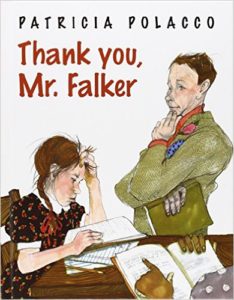

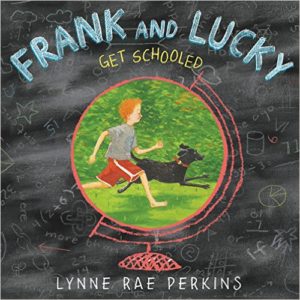
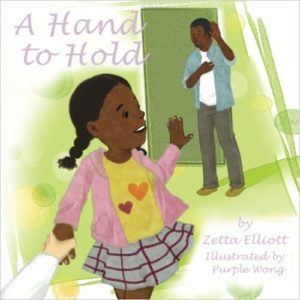

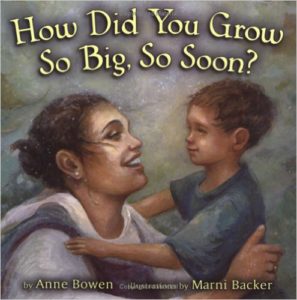 As a little boy prepares for bed the night before his first day of school Mama comments
As a little boy prepares for bed the night before his first day of school Mama comments 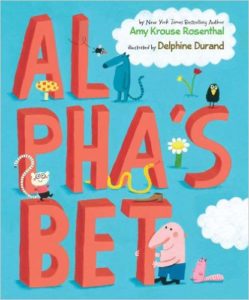
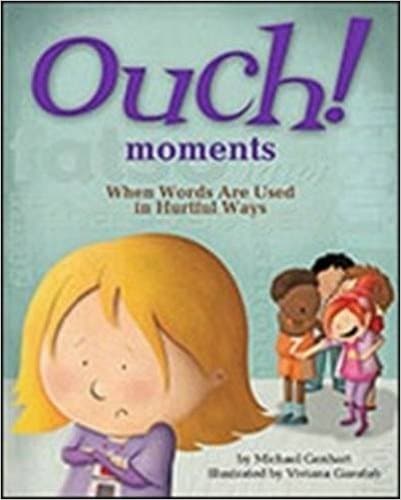
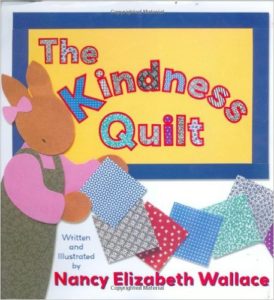
 Each Kindness
Each Kindness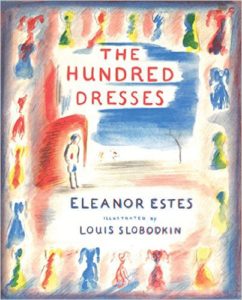 (Memories of the classic story
(Memories of the classic story 